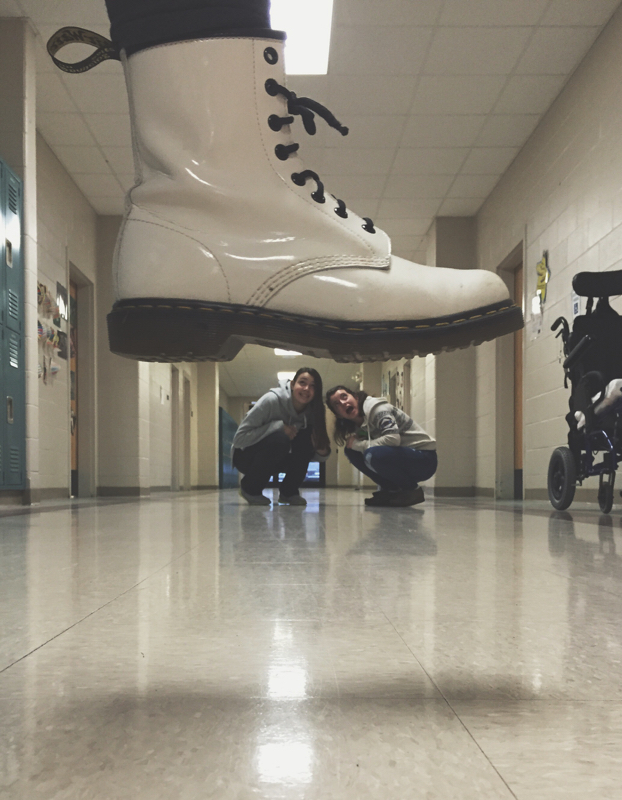Mergers
Mergers are created when key parts of an image overlap each other or touch another key element in the picture.
There are 2 basic forms of mergers...








Question... is the picture below an example of a good or bad merger? Please explain why.
Please answer in your class blog. Title it "Mergers Response"

There are 2 basic forms of mergers...
Good mergers help advance the theme of a photograph and keep the viewer’s eye moving in the right direction. They have careful and thoughtful arrangement of the subjects being used in the photos to create successful composition.
These types of mergers are normally planned/staged by the photographer.




Bad mergers disrupt the flow of a composition. They create jarring collisions between two or more compositional elements, interrupting the desired eye movement or adversely changing the motion.

Please answer in your class blog. Title it "Mergers Response"
_____________________________________________________________________________
HW: Take 5 pictures that demonstrate mergers. Due Monday, 12/3!














